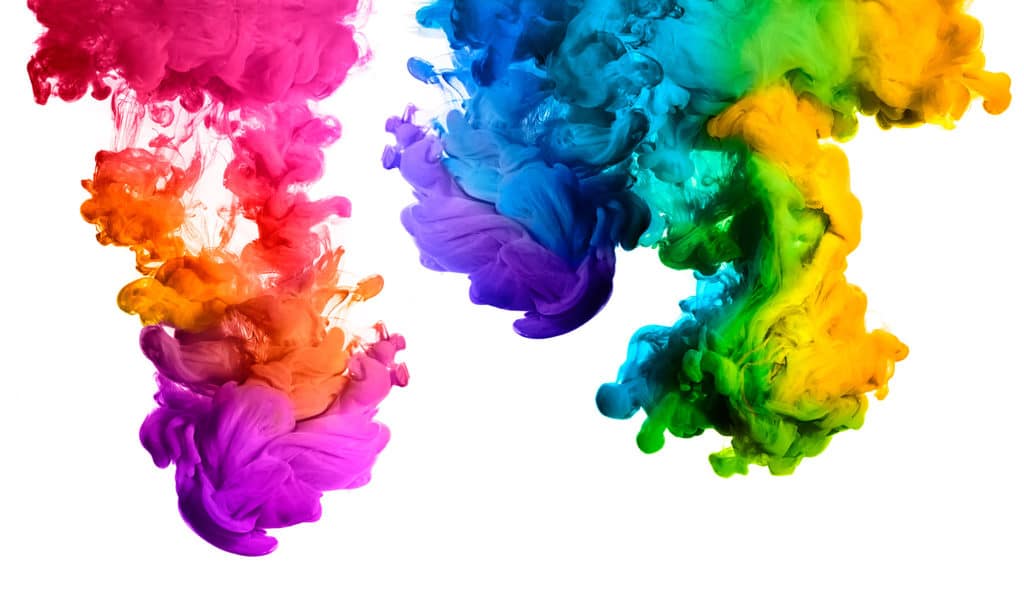While you may not realise it, colours wield a significant influence over our outlook, emotions and behaviour as individuals. This is a concept that has influenced interior design for generations, with both owner-occupiers and landlords known to use colour to create alternative moods in their properties.
So how does colour psychology work?
In simple scientific terms, when our eyes process colour they communicate with the brain and send signals to the pituitary and other glands. This then triggers the release of hormones which can cause fluctuations in mood, while also influencing our thought processes and subsequent behaviour. Understanding this not only makes it possible to use colour psychology as an influencing tool, but it also opens your mind in terms of where it can be applied.
Colour psychology and your website: How to use psychology and influence the consumer
Colour psychology is becoming particularly influential in the technology-led world of website design, for example, with specific tones and colour combinations capable of influencing consumer behaviour. Ultimately, the use of the different shades and colour combinations can serve to optimise sales conversion rates, depending on your products and target audience.
So, here are the key steps towards using colour psychology to create a more profitable website: –
- Understand the psychological impact of individual colours
While understanding the principle of colour psychology is important, it means little unless you are able to use individual tones and combinations to achieve a desired effect. Every colour creates its own unique mood and emotional triggers, for example, from the urgency and energy of red to the calming influence of blue. There are also psychologically fascinating and unpredictable colours such as yellow, which despite being synonymous with hazards are thought to promote fun and considerable excitement (making it ideal for highlighting impulse purchases)!
By using this insight and applying it throughout your site, you can look to influence the mood of consumer demographics and use visual triggers to drive a specific action.
- Target Gender demographics with specific colours
Once you have an understanding of each colour and its psychological impact, the next step is to apply this to your target market. This is generally easier if your audience is dominated by one particular gender, but while studies have proven that men and women tend to prefer different types and shades of colour there are considerable similarities between the two.
Women are known to prefer blue, purple and green, for example, while they have an aversion to earthy tones and colours such as orange, brown and grey. The same principle can be applied to men, who also prefer blue and green while levitating towards black. They also have an aversion to orange and brown (alongside purple), meaning that it may be easier than you think to simultaneously target both men and women while maintaining a consistent colour palette.
Regardless of your target market, however, utilising and combining specific colours when marketing male and female-orientated products online will create a more engaging visual experience, reduce the bounce-rate for your website and drive an improved conversion rate.
- Blue is the Colour of Trust
This leads us on to the colour blue, which as we have already touched on is favoured by both men and women alike. It is also a shade that is known to cultivate trust among consumers, making it ideal for influencing positive purchase decisions at the point of sale.
One of the most widely-used colours, blue can be used in multiple shades and is known to prompt feelings of trust, serenity and loyalty. It is therefore one of the most psychologically effective colours for influencing online customers, whether you use it to build relationships and share product data or inspire trust when consumers go through the checkout process. Either way, the clever and strategic use of blue can reassure your customers and optimise conversion rates among new visitors!
Above all else, blue is also a popular colour among men and women, meaning that you can ignore its stereotypical perception as a masculine shade.
To discuss your branding or any other requirements, please contact us on 01423 206320
